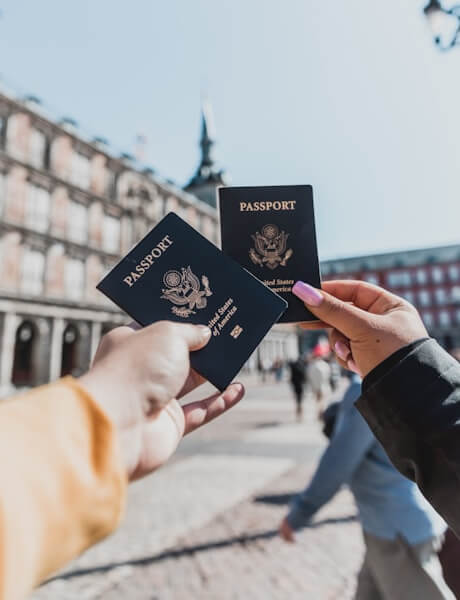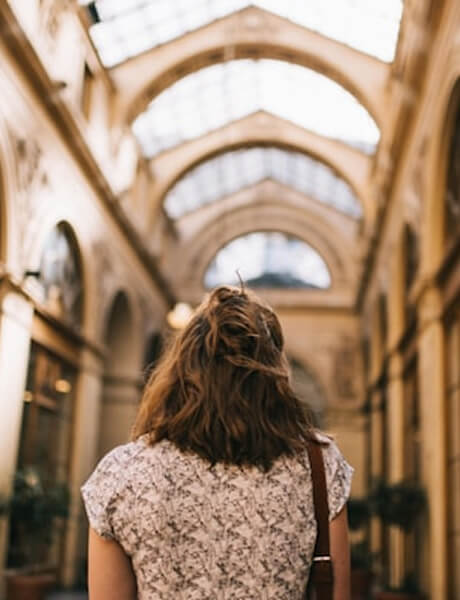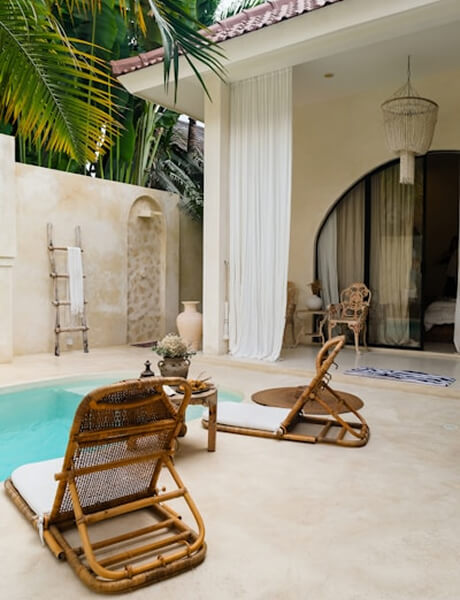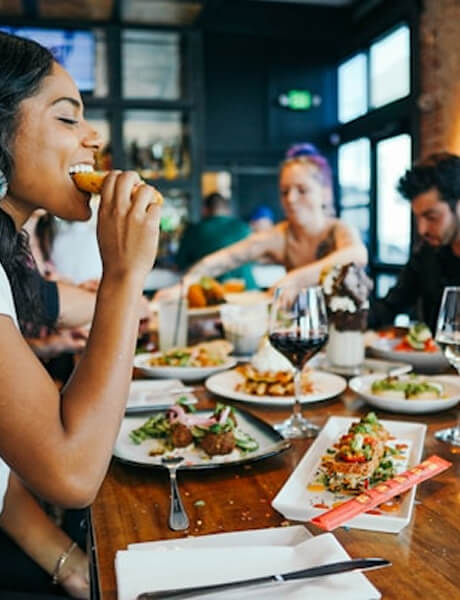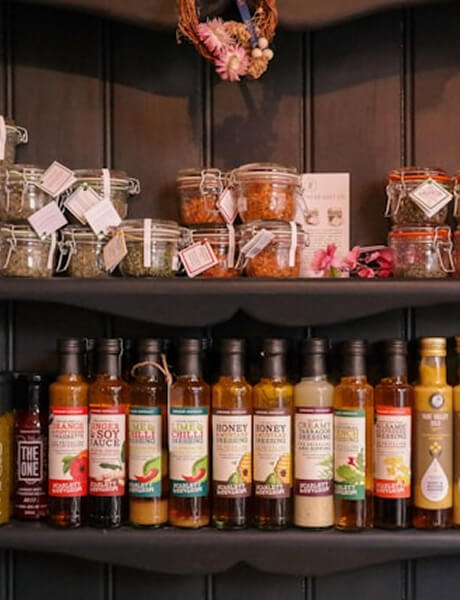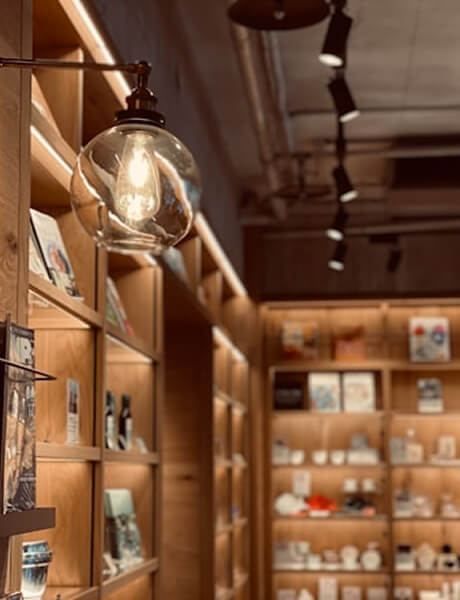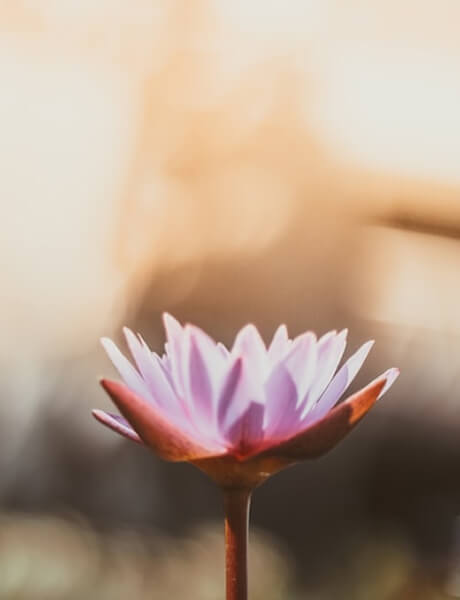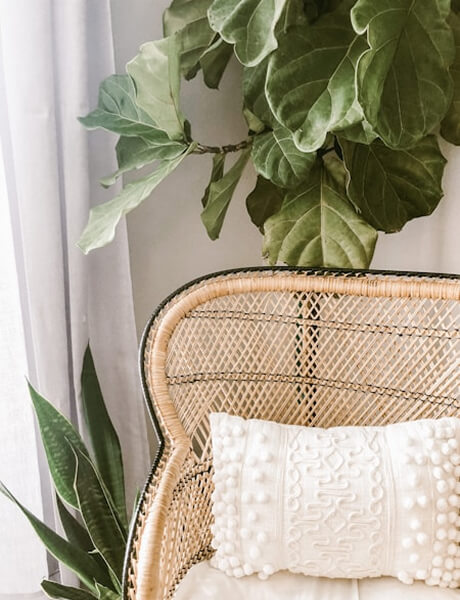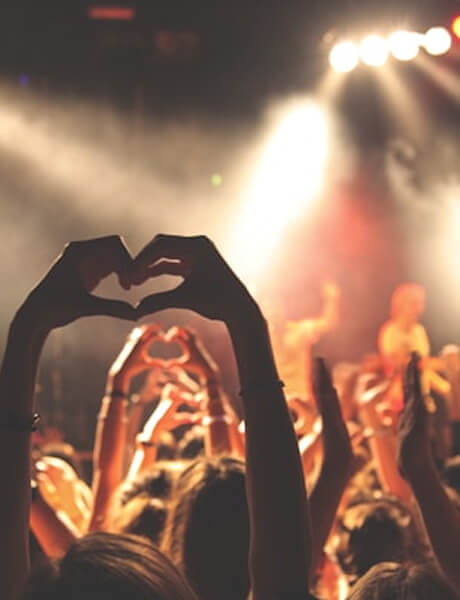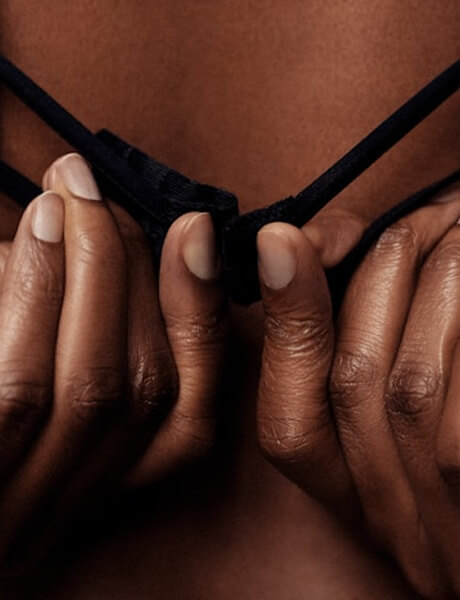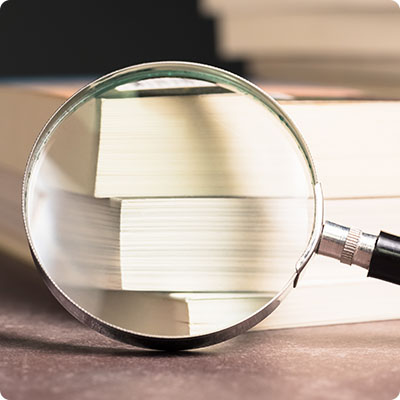
Travel guide Irlande
The best time to go en Irlande
Practical information for travel en Irlande
Get your travel guide: IRLANDE

What to see what to do en Irlande?
Where to go en Irlande?
The most beautiful tourist sites
Other en Irlande destinations
Petit Futé's best addresses en Irlande
Discover the most beautiful addresses selected by the authors of Petit Futé.
Featured articles d'Irlande

Celebrate Halloween in Dublin in 2025: our tips
Published on 08/10/2025 Activities and experiences
In Dublin, Halloween is much more than just a celebration: it's a heritage deeply rooted in Irish culture. In fact, the Emerald Isle is the birthplace of Halloween! Born out of the Celtic festival...

Wild Atlantic Way, or the longest coastal route in the world: itinerary tips in 2025
Published on 25/09/2025 Activities and experiences
Ireland's west coast is criss-crossed by a legendary route: the Wild Atlantic Way. At 2,600 kilometres, it is one of the longest signposted coastal routes in the world. It offers wild landscapes,...

Top 10 des plats succulents à découvrir en voyage
Updated on 22/09/2025 Activities and experiences
How to travel en Irlande
How to go alone
Ireland is a very safe destination. Visiting it alone is therefore not a problem. Especially since it is easy to reach by plane (many companies serve Ireland), and can also be connected by ferry. As Irish parties are often drunk, you just have to be careful about alcohol-related excesses.
How to go on a tour
The offer is diverse and varied to discover Ireland on an organised trip, alone or in combination with Scotland, England and/or Wales. Discovery of the Irish countryside and meadows, city escapades in Dublin or Belfast, journey in Connemara: the possibilities are numerous. The destination lends itself to several types of stay. Considering the variety of offers, the prices are adapted to small budgets, but also to those who are looking for a charming stay.
How to get around
You will find a plethora of domestic flights, if the bus or train do not seem like options to you. If the rail network is not very dense, the bus is an excellent means of transport on site and many connections exist. Finally, the boat makes it possible to connect the major ports between them, and the main island to the other islands. To travel independently, visiting Ireland by car is also a very good option.
Book your next trip with Kayak
Travel en Irlande
Ideas for holidays and week-end breaks en Irlande
Ces dernières années, le tourisme est devenu l’industrie principale d'Irlande. Pour le visiteur et son budget, l’un des atouts de ce pays réside dans sa petite taille : 275 km d’est en ouest et 486 km du nord au sud. Cela permet de se déplacer assez facilement et rapidement, et de visiter les sites les plus importants. Chaque région est particulière. Au nord comme au sud, à l’est comme à l’ouest, les sites intéressants abondent. Il faut prévoir une escale dans les régions de Cork et du Kerry, dans le Connemara et en Irlande du Nord. Tout est beau ici, seule la région du centre est relativement pauvre, comparée au reste du pays.
En une semaine, on peut explorer de nombreuses régions, à condition de faire des escales assez rapides. Si votre séjour doit être court, choisissez plutôt une partie bien définie du pays, quitte à y revenir une autre fois. Un séjour d’un mois est conseillé et suffisant pour connaître le pays d’une façon détaillée.
Services
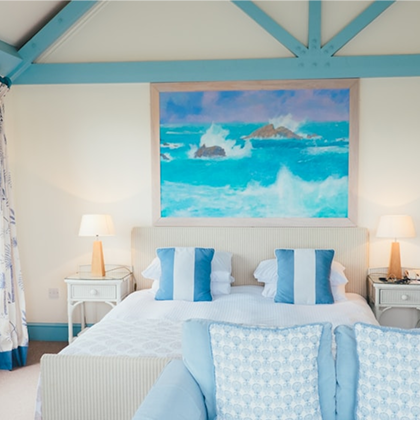
Find a hotel with Booking.com
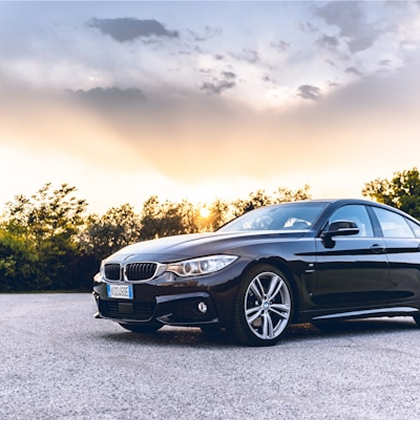
Rent a car with Bsp-auto

Create a blog and travel journal
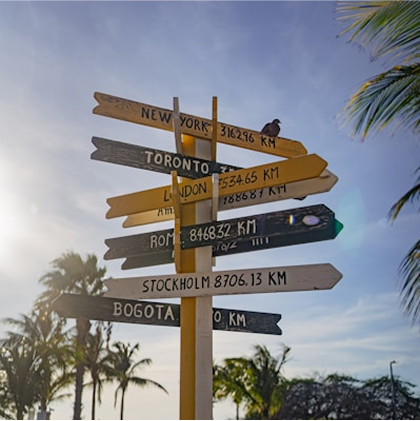
Find an agency with Quotatrip
Find unique holiday offers with our partners
Discover l'Irlande
Ireland is a multi-faceted destination that will delight the most demanding visitors. It must be said that the Emerald Isle offers an incredible nature, with sleeping lakes, breathtaking cliffs, moors and enchanting forests. But beyond the landscapes, the visitor will be immersed in the very rich Irish history. A history also marked by the separation in two of an island, three quarters of which became a republic in 1922. But also by famines, struggles against the yoke of the British Crown and by the eternal quest for freedom of a people so proud and brave. A people whose history is also marked by a dizzying immigration, like a survival reflex. Today, the island seems to live to the rhythm of family celebrations, pub outings, rich gastronomy, choice festivals or long walks on the superb hiking trails that criss-cross the country
The 12 keywords en Irlande

#Beer
Undoubtedly the favorite drink of the Irish, especially Dublin's famousstout: Guinness (or its Cork equivalent, Murphy's). There are alsolagers such as Harp andbitters such as Smithwicks (pronounced "smithik's"). You can order a pint or a half-pint.
#Buskers
Buskers are street musicians. In Irish cities, especially in Dublin or Galway, you can hear musicians of all styles in the streets. Most of the time, they are not beggars, but quality artists or students looking to collect a few coins for a drink. Here's to your good heart!

#Celtes
If the stores are to be believed, the only reason to come to Ireland is to reconnect with the history of the Celts, Vikings and other barbarians! Of course, Celtic history with the arrival of the Gaels is fascinating, but if Gaelic, and everything Irish, has a Celtic origin, it's history as a whole that makes Ireland what it is today.

#Connemara
Celebrated by a timeless song, this region remains the favorite of French tourists, with its preserved natural environment where moors, peat bogs, marshes and lakes are mixed. In spite of its very wet climate, this corner of Ireland remains a paradise for hikers who love wide open spaces. The landscapes give a real impression of immensity.
#Races
The national pastime is a combination of pleasures, offered by the pubs: enjoying a Guinness, talking to all and sundry or listening to traditional tunes. However, greyhound or horse racing can also be considered a typically Irish pastime, provided the passion for gambling doesn't get the better of you!
#Family
It is through and within the family that Ireland continues its renewal, making it one of the youngest countries in Europe (almost half the population is under 25). The changes are coming fast, however: marriage, which is still the norm, is coming later and later, as is the first child. The traditional family is changing.
#Gaeltacht
The Gaeltacht are areas of Ireland where Gaelic is the common language. They can be found in the west, around Galway, in counties Kerry and Cork, or in County Meath. In the center of the island, Gaelic is heard in County Waterford, on the east coast and in the Rosses region, where signs are no longer bilingual.
#Leprechaun
You'll come across this strange character in souvenir stores, where many items are related to him, and at St. Patrick's Day parades. The leprechaun is a little being associated with the leprechaun in France, represented as a little old man with a beard, red hair, dressed in green and carrying a 4-leaf clover. He is a shoemaker.
#Pub
A trip to Ireland wouldn't be complete without a visit to one of its traditional pubs. The heart of social life, the pub is the place where the Irish gather with friends and colleagues, to eat (traditional cuisine such asIrish stew), to listen to good music or simply to drink a beer and chat.
#Shamrock
The shamrock is the emblem of the country. It is found everywhere and is sewn on the jersey of the rugby players of the Irish XV. Saint Patrick, who evangelized Ireland in the5th century, would have used the three-leafed plant to explain to the pagans the Holy Trinity: the Father, the Son and the Holy Spirit, three components of one and the same God.
#Green
In Celtic mythology, the Isle of the Blessed, Ireland, was the green Erin. It's the beautiful, verdant landscape that attracts tourists. The pastures are an intense green. The color green adorns all Irish national teams. Green is omnipresent at St. Patrick's Day parades on March 17.

#Whiskey
After Guinness, whiskey is the other national drink. You will notice that the Irish do not make whiskey, but whiskey. And there are many who like the more rustic flavors ofIrish whiskey. It is said thatIrish coffee was invented by the Irish so that they could enjoy their whiskey even in a tea room.
You are from here, if...
You spend an evening (or several!) in a pub and offer to buy your round.
You listen to traditional music (in a pub or at one of the many festivals).
You feast on local delicacies likeIrish stew and guinness.
Never order a half! A pint is de rigueur, and you have no desire to be labeled a "tourist"!
You regularly attend a hurling or Gaelic soccer match, especially at Croke Park in Dublin. And what's more, you understand the rules of the game!
You never forget your umbrella when you go out.
You know the slang expressions craic (fun) and wee (small) that you say at every turn!
You naturallydrive on the left and look to the right before crossing the road!
Above all,you enjoy spending time with your family, at the table with even the most distant cousins.








